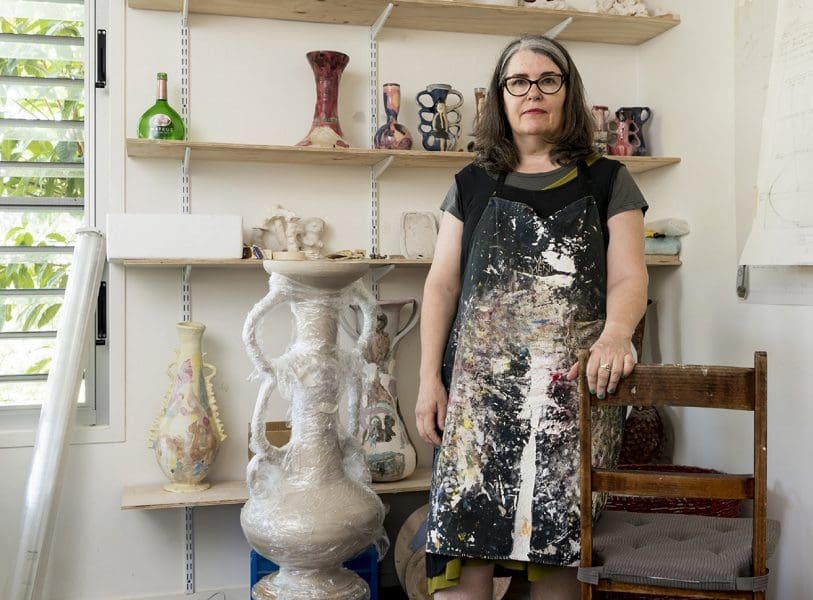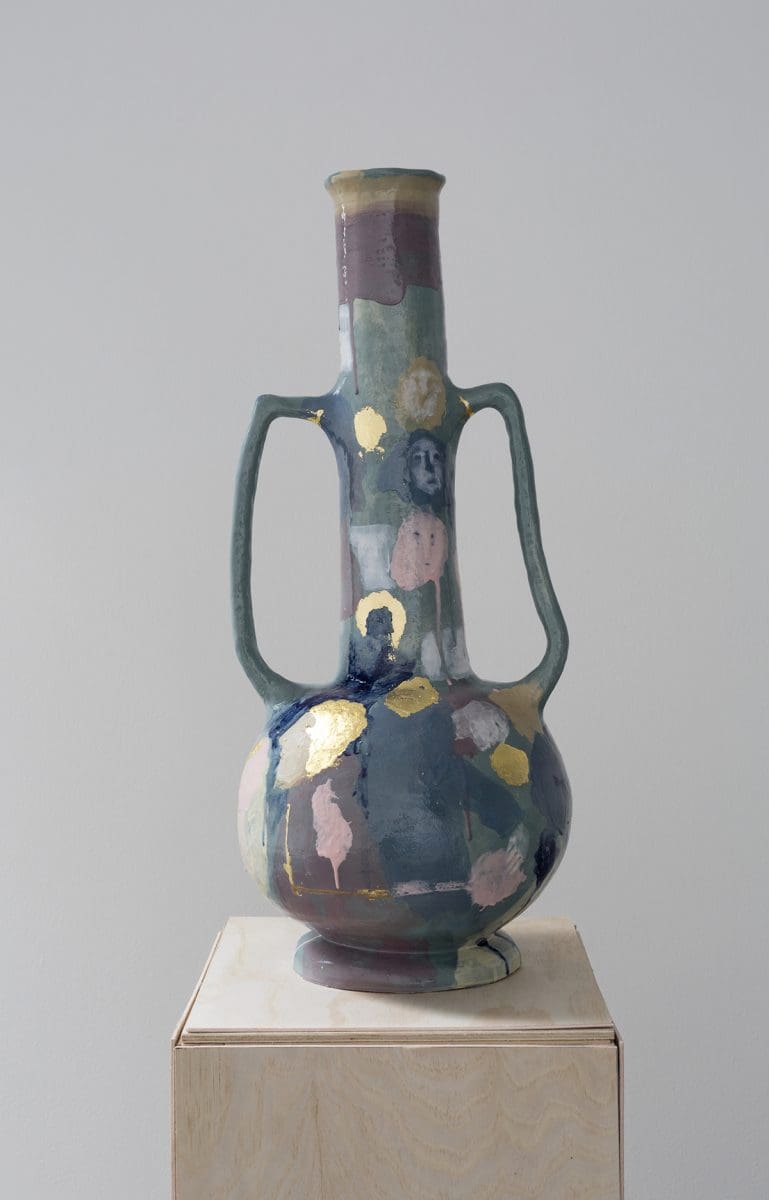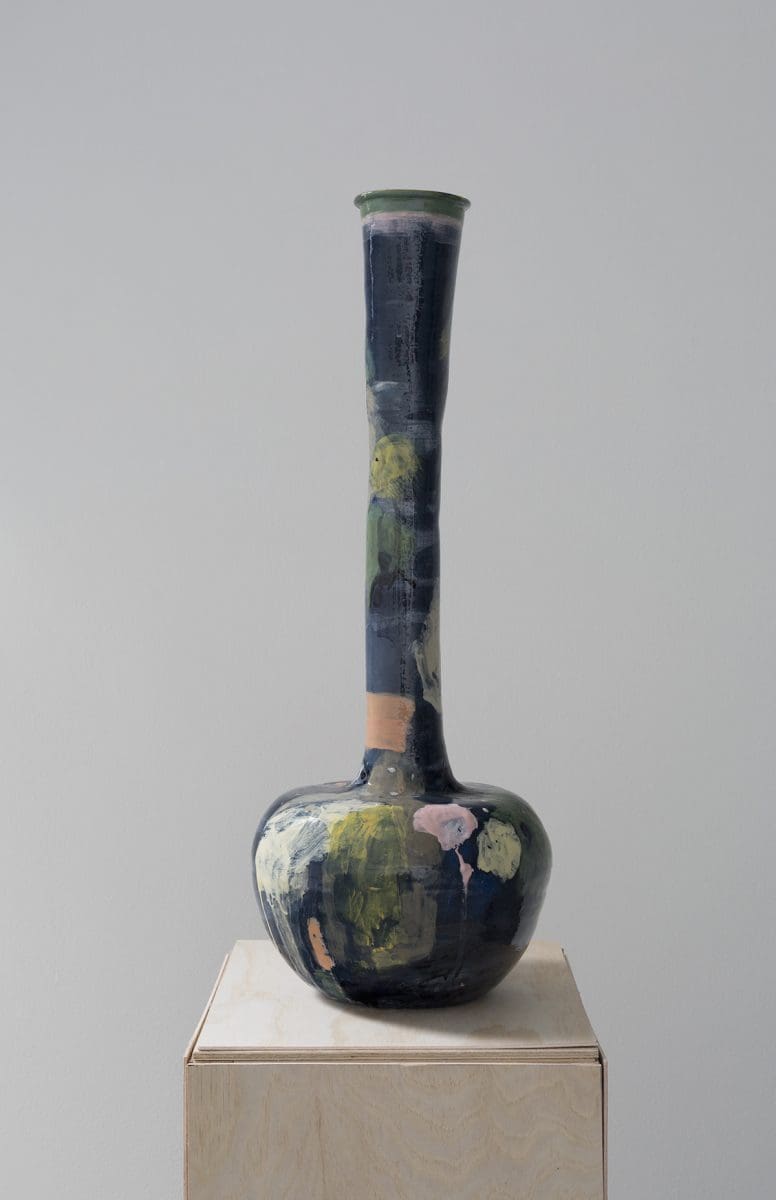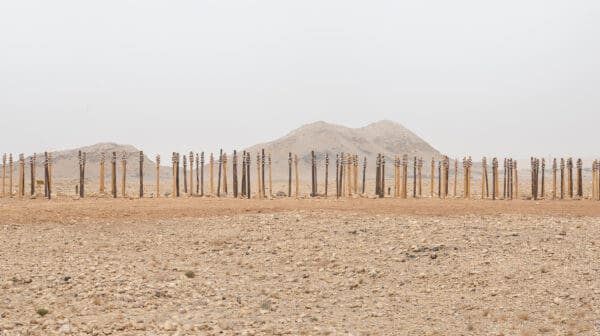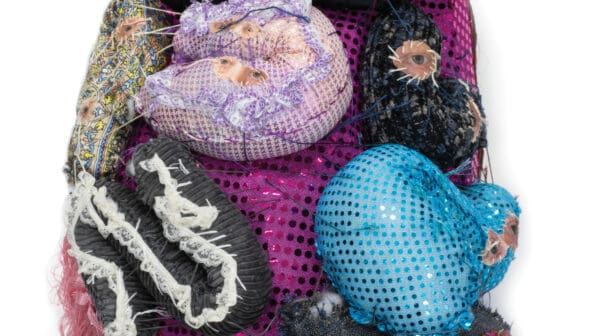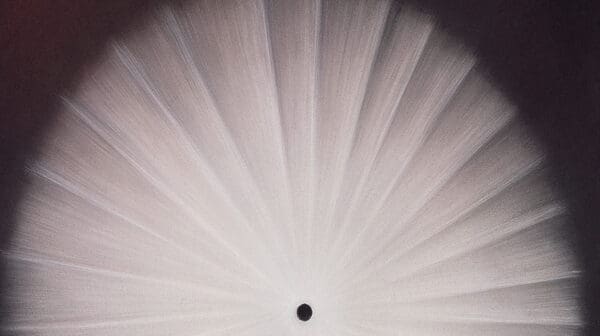
Georgie Mattingley’s Creative Intelligence Operation
Georgie Mattingley’s exhibition Project Pine Gap explores the intelligence site Pine Gap, co-owned by the Australian Federal Government and the United States, questioning art’s capabilities and function within such institutions.




